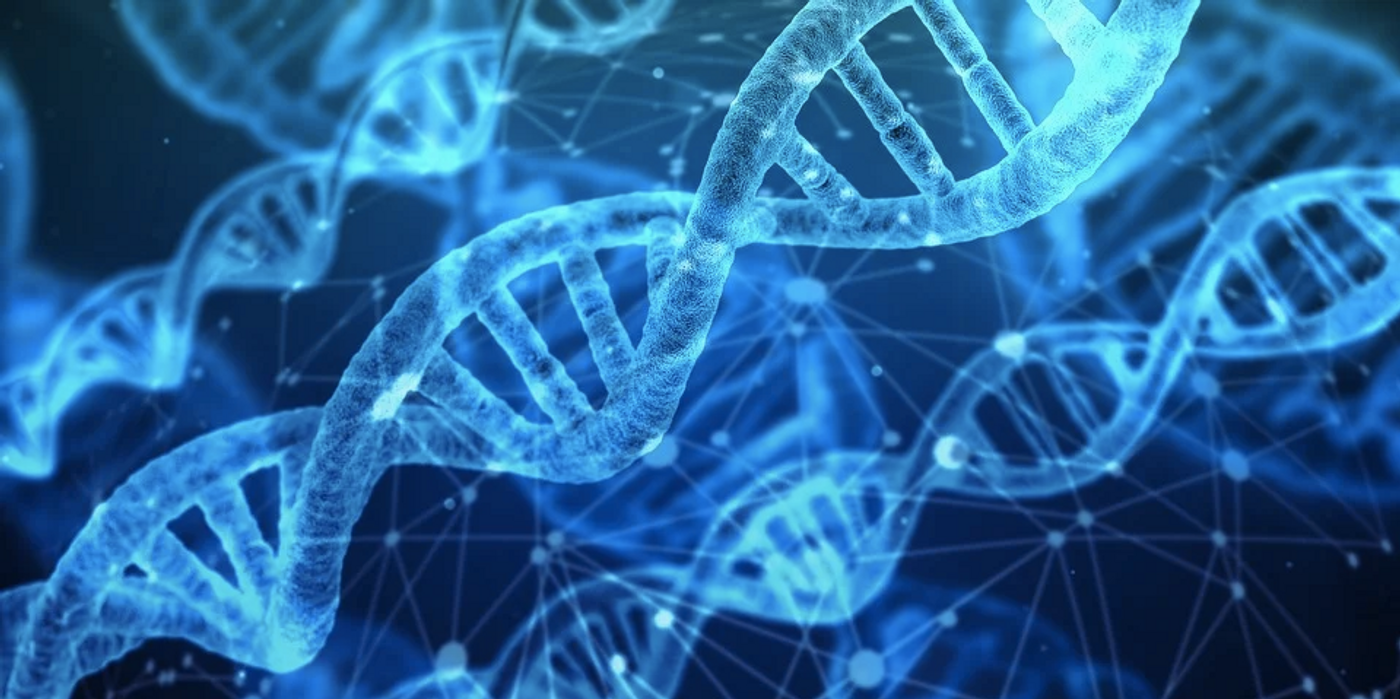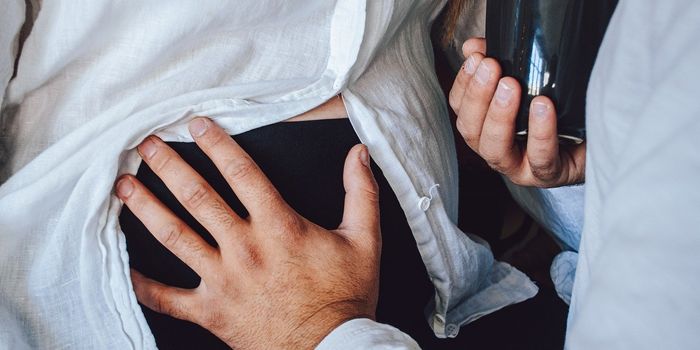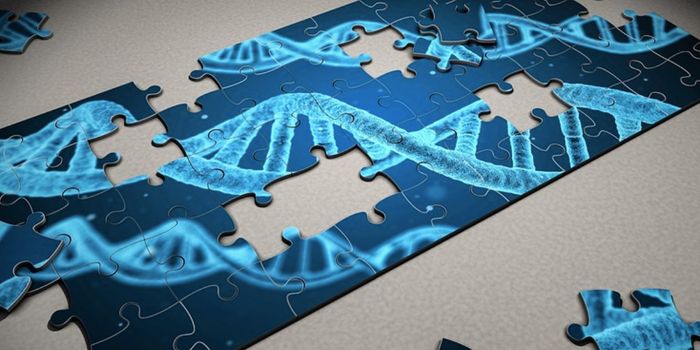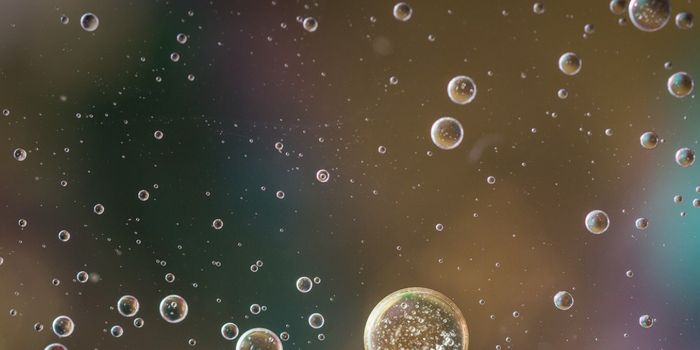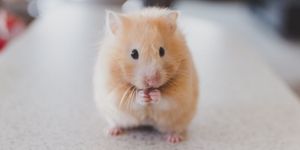Molecular Tools Reveal More About the Impacts of the Slave Trade
Scientists still have a lot to learn about the numerous and varied consequences of the transatlantic slave trade, which forced an estimated 11 million enslaved Africans across the Atlantic and into the Americas, on both individuals and societies. Researchers have now applied techniques in genetics, osteology, and isotope analysis to learn more about three African slaves that lived in the 16th century. The investigation has revealed more about where the individuals were probably captured, the physical abuse and hardships they endured as slaves, and what pathogens they were exposed to before they arrived in the Americas. This work, which has been reported in Current Biology, can help us understand how colonization took a terrible toll on people and promoted the spread of disease.
"Using a cross-disciplinary approach, we unravel the life history of three otherwise voiceless individuals who belonged to one of the most oppressed groups in the history of the Americas," said the senior study author Johannes Krause, an archaeogeneticist and professor at the Max-Planck Institute for the Science of Human History.
The people studied in this work were recovered from a mass grave in Mexico City, at San José de los Naturales Royal Hospital, which provided services to the indigenous community.
"Having Africans in central Mexico so early during the colonial period tells us a lot about the dynamics of that time," said first author Rodrigo Barquera, a graduate student at the Max-Planck Institute for the Science of Human History. "And since they were found in this mass burial site, these individuals likely died in one of the first epidemic events in Mexico City."
Using their teeth, the researchers were able to earn more about the individuals' lives. "Their genetics suggest they were born in Africa, where they spent all of their youth. Our evidence points to either a Southern or Western African origin before being transported to the Americas," said Barquera.
The skeletons showed that these people had a very hard life after they got to the Americas. There were large muscle insertions indicative of continuous physical labor in one skeleton, another carried copper bullet fragments, and the last had a number of fractures in their legs and skull. This torment was not fatal.
"Within our osteobiographies we can tell they survived the maltreatment that they received. Their story is one of difficulty but also strength, because although they suffered a lot, they persevered and were resistant to the changes forced upon them," Barquera explained.
Genetic material that was recovered from the individuals showed that they had infections. "We found that one individual was infected with hepatitis B virus (HBV), while another was infected with the bacterium that causes yaws--a disease similar to syphilis," said co-senior author Denise Kühnert, a mathematician at the Max-Planck Institute for the Science of Human History. "Our phylogenetic analyses suggest that both individuals contracted their infections before they were likely forcibly brought to Mexico."
Since the remains are the earliest samples that carry HBV and yaws, it supports the idea that the slave trade and colonialism introduced these diseases into Latin America. "It is plausible that yaws was not only brought into the Americas through the transatlantic slave trade but may subsequently have had a considerable impact on the disease dynamics in Latin America," said Kühnert.
"We want to get insights into how pathogens emerged and spread during the colonial period in the New Spain, but we also want to continue to explore the life stories of the Africans brought here and other parts of the Americas. That way they can take a more visible place in Latin American history," noted Barquera.
Get an overview of the transatlantic slave trade from the video.
Sources: AAAS/Eurekalert! via Cell Press, Current Biology
